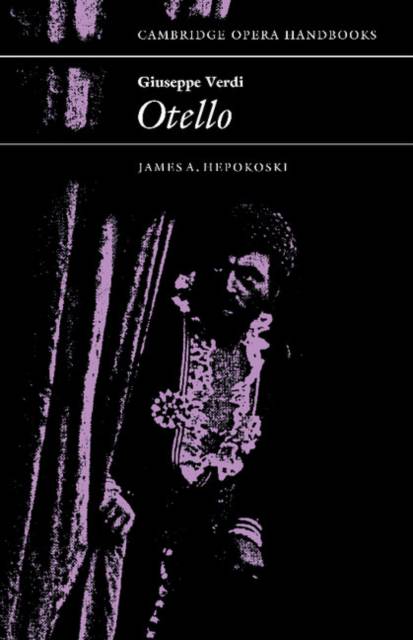
Je cadeautjes zeker op tijd in huis hebben voor de feestdagen? Kom langs in onze winkels en vind het perfecte geschenk!
- Afhalen na 1 uur in een winkel met voorraad
- Gratis thuislevering in België vanaf € 30
- Ruim aanbod met 7 miljoen producten
Je cadeautjes zeker op tijd in huis hebben voor de feestdagen? Kom langs in onze winkels en vind het perfecte geschenk!
- Afhalen na 1 uur in een winkel met voorraad
- Gratis thuislevering in België vanaf € 30
- Ruim aanbod met 7 miljoen producten
Zoeken
€ 28,45
+ 56 punten
Uitvoering
Omschrijving
James Hepokoski provides a reliable summary of what is currently known about Otello, along with an interpretation of the significance of the work within Verdi's career. The book begins with a detailed synopsis which interweaves some of the specific stage action from the 1887 Milanese première. There follows a close consideration of how the opera was actually written: Arrigo Boito's derivation of the libretto from Shakespeare and the subsequent textual revisions; Verdi's composition of the opera from 1884 to 1887 and an overview of the revisions of the opera for Venice in 1887 and Paris in 1894. A further chapter outlines Verdi's own ideas for the performance of Otello and this is followed by William Ashbrook's summary of the opera's stage history up to the present. Professor Hepokoski continues by suggesting a new model for understanding the musical structure of Otello. The book concludes with a study of the opera as a work of Shakespearean adaptation.
Specificaties
Betrokkenen
- Auteur(s):
- Uitgeverij:
Inhoud
- Aantal bladzijden:
- 224
- Taal:
- Engels
- Reeks:
Eigenschappen
- Productcode (EAN):
- 9780521277495
- Verschijningsdatum:
- 18/06/1987
- Uitvoering:
- Paperback
- Formaat:
- Trade paperback (VS)
- Afmetingen:
- 136 mm x 216 mm
- Gewicht:
- 303 g

Alleen bij Standaard Boekhandel
+ 56 punten op je klantenkaart van Standaard Boekhandel
Beoordelingen
We publiceren alleen reviews die voldoen aan de voorwaarden voor reviews. Bekijk onze voorwaarden voor reviews.









